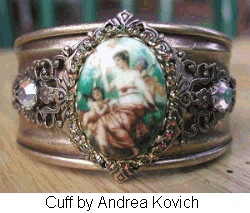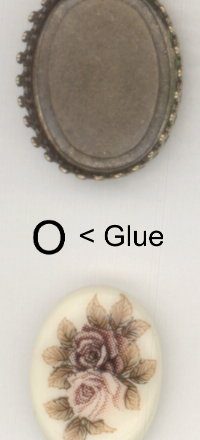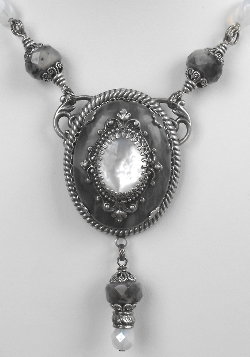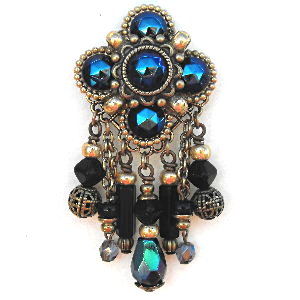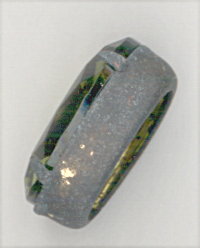Antique Patinas
When you join several parts together into a single piece you may not be happy with how one of the parts blends with the others. Perhaps you bought the components from different suppliers who use different platers and one piece is brighter than the others or you would like to make the whole piece look older. The following technique will help you to achieve that look.
YOU WILL NEED:1. Flat black or brown water base craft paint.2. A small paint brush (about 1/4 inch wide)3. A soft toothbrush4. A soft cloth that you don't mind throwing away or paper towels5. Extra fine grade steel wool pads
Directions:1. Paint the whole piece with the craft paint. (Glass stones will not be harmed but be cautious about porous gemstones that may become too dark.) You can also ...
